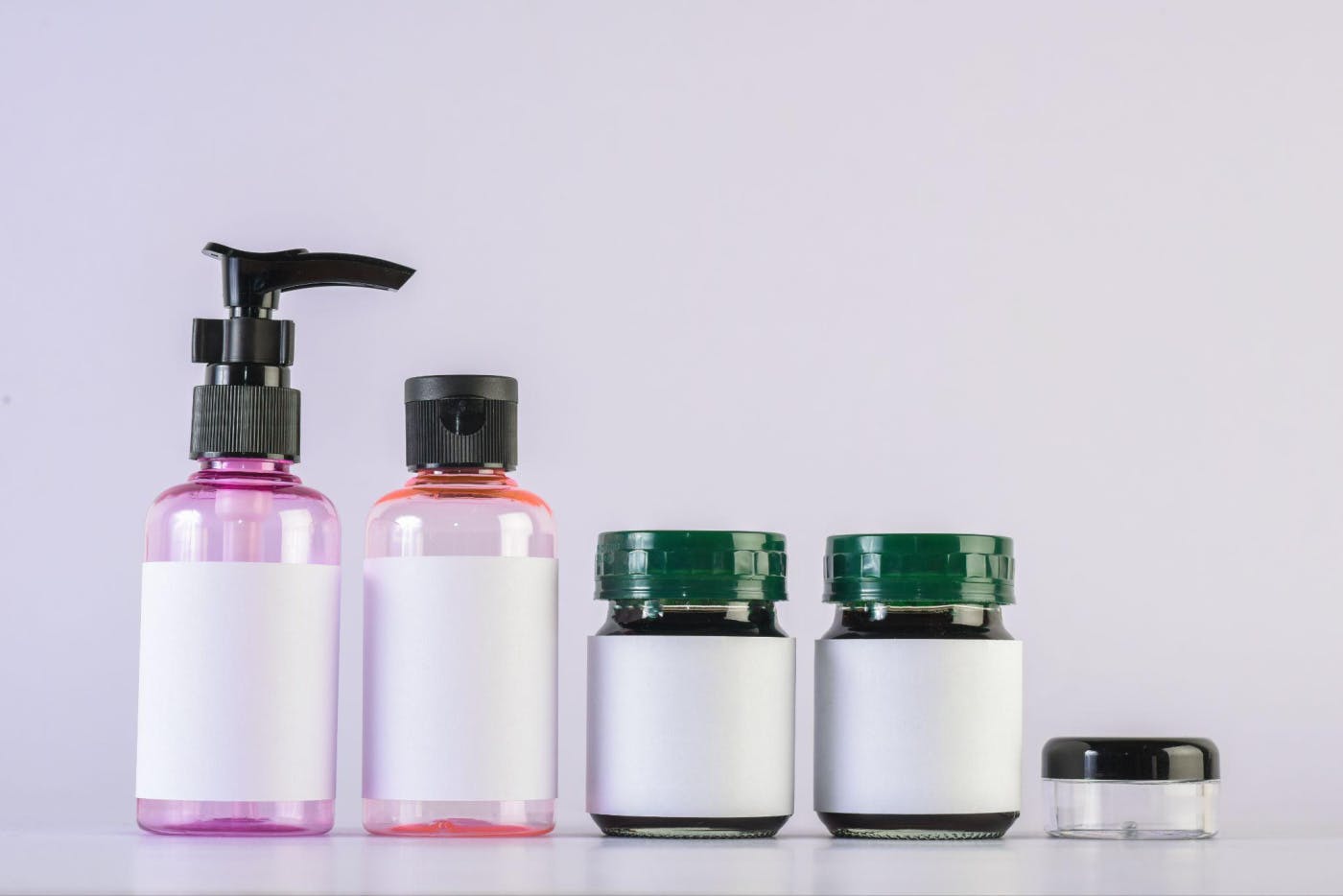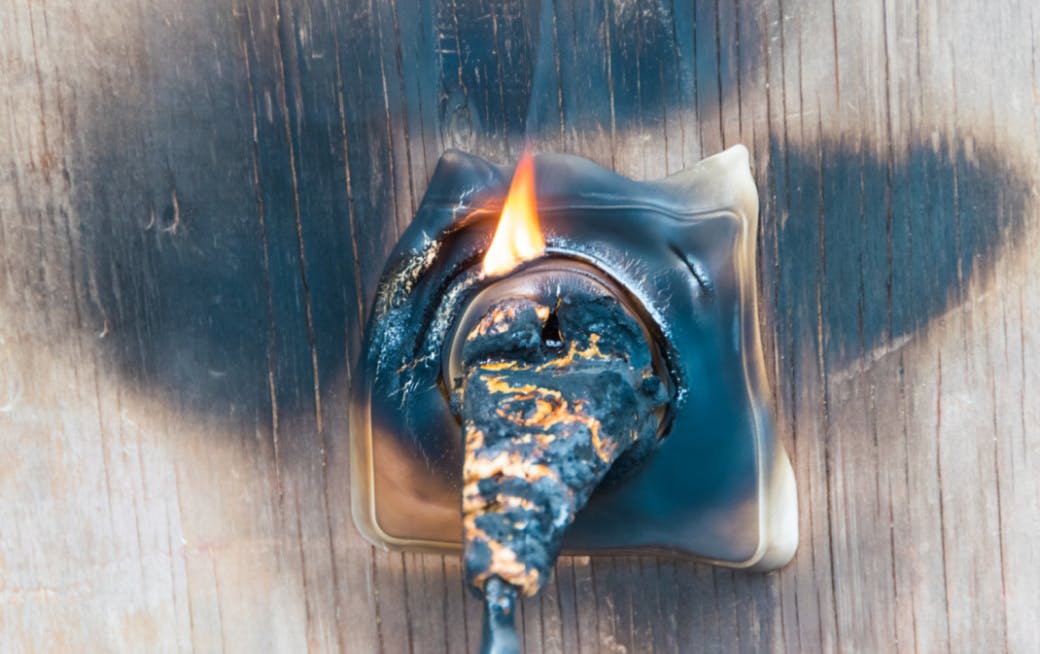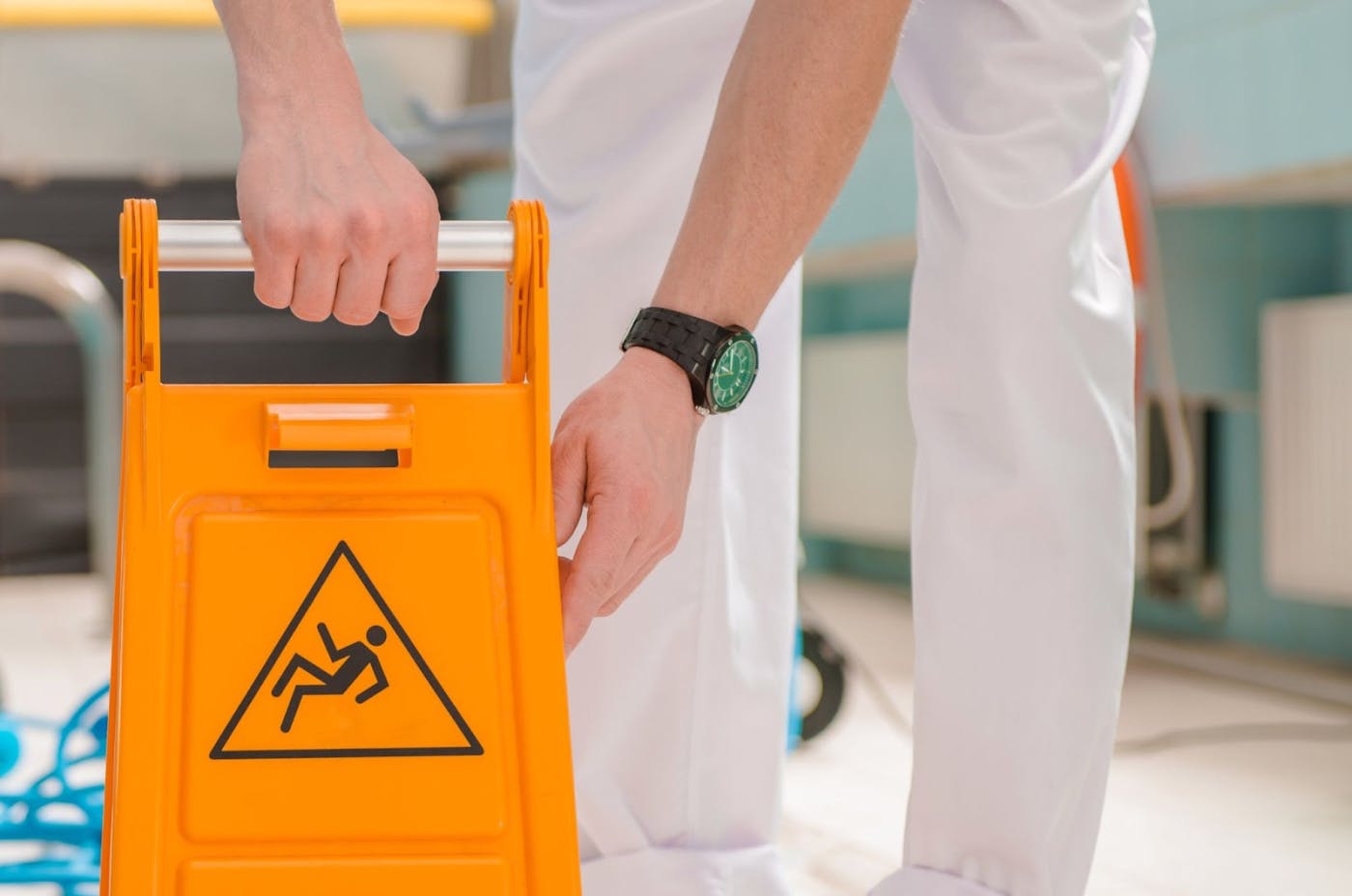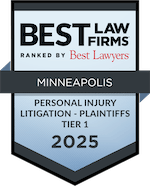Product Liability Injury: Do I Have a Case?
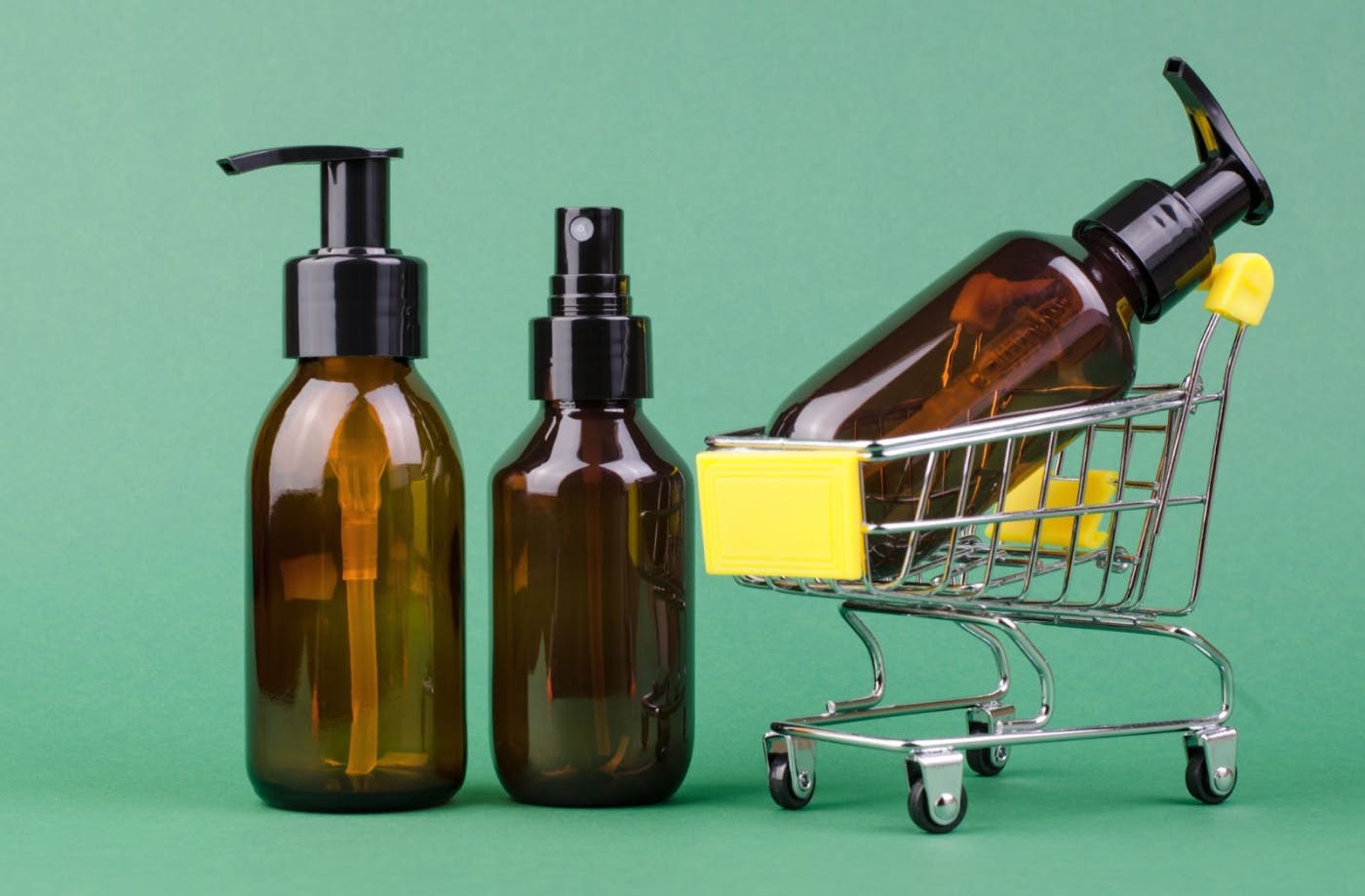
Every year, millions of Americans are injured by dangerous or defective products. In many cases, this can be grounds for a product liability claim. But how do you know if you have a case?
Let’s discuss it.
What Does “Product Liability” Mean?
Product liability means that a company that manufactures or sells a product has the reasonability to make that product safe. If a consumer is injured by a defective product, the negligent company can be held liable. This helps protect customers, provides injury victims a way to recover fair compensation, and often results in safer products.
For example, if tires on a new car cause an accident, the manufacturer of the car AND the tire could be held responsible for any resulting injuries. The same would be true if a household appliance started a fire, a design defect resulted in a plane crash, or a medical device caused damage to other organs.
Other everyday products that can cause serious injuries include:
- Children’s toys
- Pet toys
- Medications
- Power tools
- Sports equipment
- Food products
Types of Product Defects
Not all product liability cases are the same. Depending on how the product malfunctions, it could be a design, manufacturing, or marketing defect.
Design Defects
These defects are inherent in the product's design, making the product dangerous even if manufactured correctly. For example, a car that flips over during sharp turns due to its high center of gravity has a design defect. Other examples include:
- Children's toys with small detachable parts that pose a choking hazard
- Unstable household furniture, such as a dresser that tips over easily
- Playground equipment with sharp edges
Manufacturing Defects
These occur during production and result in a product that differs from its intended design. Examples include:
- A batch of contaminated baby food that causes illness
- Faulty medical devices, such as a pacemaker with defective wiring
- A microwave that creates sparks and catches fire due to poor assembly
Marketing Defects
Also known as "failure to warn," marketing defects occur when a product lacks adequate instructions or warnings about its proper use. Examples:
- Medication that doesn’t come with accurate side effect warnings
- Power tools that lack proper instructions
- Cleaning products without clear labels warning about toxicity or the dangers of mixing with other chemicals
Proving a Product Liability Case
You must prove a few key elements to bring a successful product liability claim. Let’s take a look at each one.
1. Defective Product
A valid product liability claim requires proof that the product in question was defective. This means that something inherently wrong with the product made it unsafe for use. The defect could be in the design, manufacturing, or marketing of the product. It's essential to show that the defect existed when the product left the manufacturer's control.
2. Causation
Causation is a crucial element in any product liability case. You must prove that the defect directly caused your injury by showing a clear link between the defect and the harm you suffered. For example, if a car's brakes fail due to a manufacturing defect and cause an accident, you must show that the brake failure directly led to your injuries.
3. Proper Usage
You need to demonstrate that you were using the product as it was intended to be used or in a reasonably foreseeable manner. If the injury occurred because you used the product in a way that was not intended or foreseeable, it might weaken your case. For example, ignoring warnings not to use a hairdryer in the shower could compromise a liability claim.
4. Injury
Finally, you must have suffered injuries or damages due to the defective product. Examples of damages can include physical injuries, emotional distress, medical expenses, lost wages, and other related costs. It's essential to provide documentation of your injuries and the associated costs to support your claim.
These four elements are critical to proving a product liability case and obtaining compensation for your injuries. An experienced attorney can help you establish these factors and build a strong case.
Evidence Needed in a Product Liability Claim
Even if all the factors needed for a product liability case are present, you’ll need evidence to support your claim, including:
- Medical records for your injury
- Photos or videos of the defective product
- Eyewitness statements
- Receipts
- User manuals and labels with inadequate warnings or instructions
- Product recalls or safety notices issued by the manufacturer or regulators
- Expert testimony from professionals who can examine the product and identify defects
Your attorney will help you gather the evidence to strengthen your case.
Steps to Take after a Product-Related Injury
1. Seek Medical Attention
After an injury by a product, you should always seek medical attention first. Seeking medical care protects your health and establishes a paper trail for your injury. Take your doctor’s advice and follow your treatment plan as closely as possible.
2. Keep the Product
Keep the defective product in a safe place and avoid making any alterations. The product itself will be vital evidence in your case. Retain any packaging, manuals, receipts, and warranty information, too. The more evidence you have, the better.
3. Document Everything
Take detailed photos and videos of the product, your injuries, and the incident scene. Visual evidence can help demonstrate the defect and its consequences. Then, record your injuries, medical treatments, and any conversations with doctors or witnesses.
4. Talk to Witnesses
If anyone witnessed the accident, get their statements in writing to help corroborate what happened. Jot down their contact information if you don’t have it already. Eyewitnesses can be essential to building a solid case.
5. Consult with an Attorney
Contact a lawyer who specializes in product liability cases. Their expertise will be crucial to getting the compensation you deserve. Use your free consultation to learn more about your rights and get valuable advice on what steps to take next.
6. Avoid Public Statements
Be careful not to say too much about the incident to outsiders. Don’t post about it on social media or agree to any news interviews. Anything you say publicly could be used against you. Instead, direct all inquiries to your attorney to ensure your rights are protected and your case is not compromised.
Compensation in a Product Liability Case
Compensation in a product liability case is designed to cover any damages caused by the defective product, such as:
- Medical costs
- Lost wages
- Lost earning capacity
- Property damage
- Pain and suffering
Your attorney will help you calculate the amount of compensation you are entitled to. (Remember: you can seek compensation for future damages as well as damages that have already occurred.)
Product Liability Statute of Limitations (Minnesota)
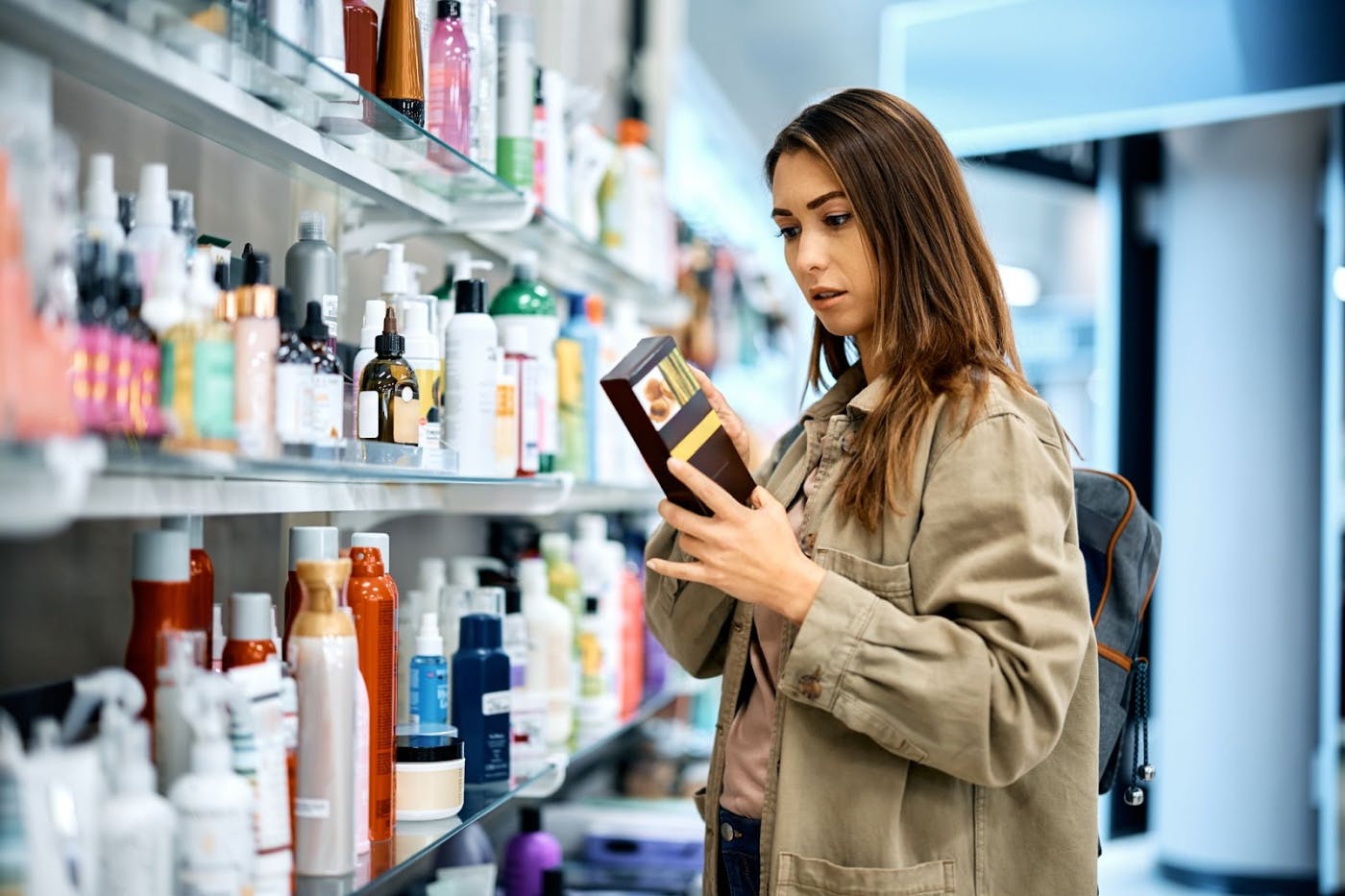
As with any type of personal injury, there’s a limit to how long you can wait before filing a product liability lawsuit. In Minnesota, the statute of limitations for a product liability claim is four years from the date of injury or when you first discovered the injury. If you miss this deadline, you could lose the right to compensation.
However, there are plenty of exceptions. You should always consult an attorney before making a final decision on whether to pursue a claim.
Minnesota Product Liability FAQs
How many Americans are injured by defective products?
Unfortunately, this is not a rare problem. Every year, millions of Americans suffer severe injuries as a result of defective products.
Can I still file a claim if I was at fault for my injury?
Sometimes, you can still file a claim even if you were partially responsible for your injury. However, your compensation may be reduced by your percentage of fault under Minnesota's comparative negligence laws.
How long do I have to file a product liability claim?
In Minnesota, the statute of limitations for product liability claims is generally four years from the date of injury. It’s advisable to act promptly and avoid missing this deadline.
Can I file a lawsuit if a product was recalled after my injury?
Yes, a product recall can support your case by demonstrating that the manufacturer acknowledged a defect. However, the recall alone does not guarantee success. You must still prove that the defect caused your injury.
What if I purchased the defective product second-hand?
Even if you purchased a product second-hand, you may still be entitled to compensation. Proving liability will hinge on whether the product was defective when sold.
Can I file a claim if the product was a gift?
Yes, you can still file a product liability claim if the defective product was a gift. The key factors are the product's defect and the resulting injury, not the purchase details.
Can I file a lawsuit if I no longer have the receipt for the product?
Yes, you can still pursue your claim without a receipt. Other evidence, such as the product, witness statements, and expert testimony, can help build your case.
Do product liability laws vary by state?
Yes, product liability laws can vary significantly by state. It’s best to consult with an attorney familiar with the laws in your jurisdiction to understand your rights and legal options.
Do I need a lawyer for a product liability case?
While not required by law, an experienced attorney is essential in a product liability case. Your attorney can help you navigate the complexities of product liability law, gather necessary evidence, and build a case that will maximize your chances of earning fair compensation.
Do You Have Grounds for a Product Liability Claim?
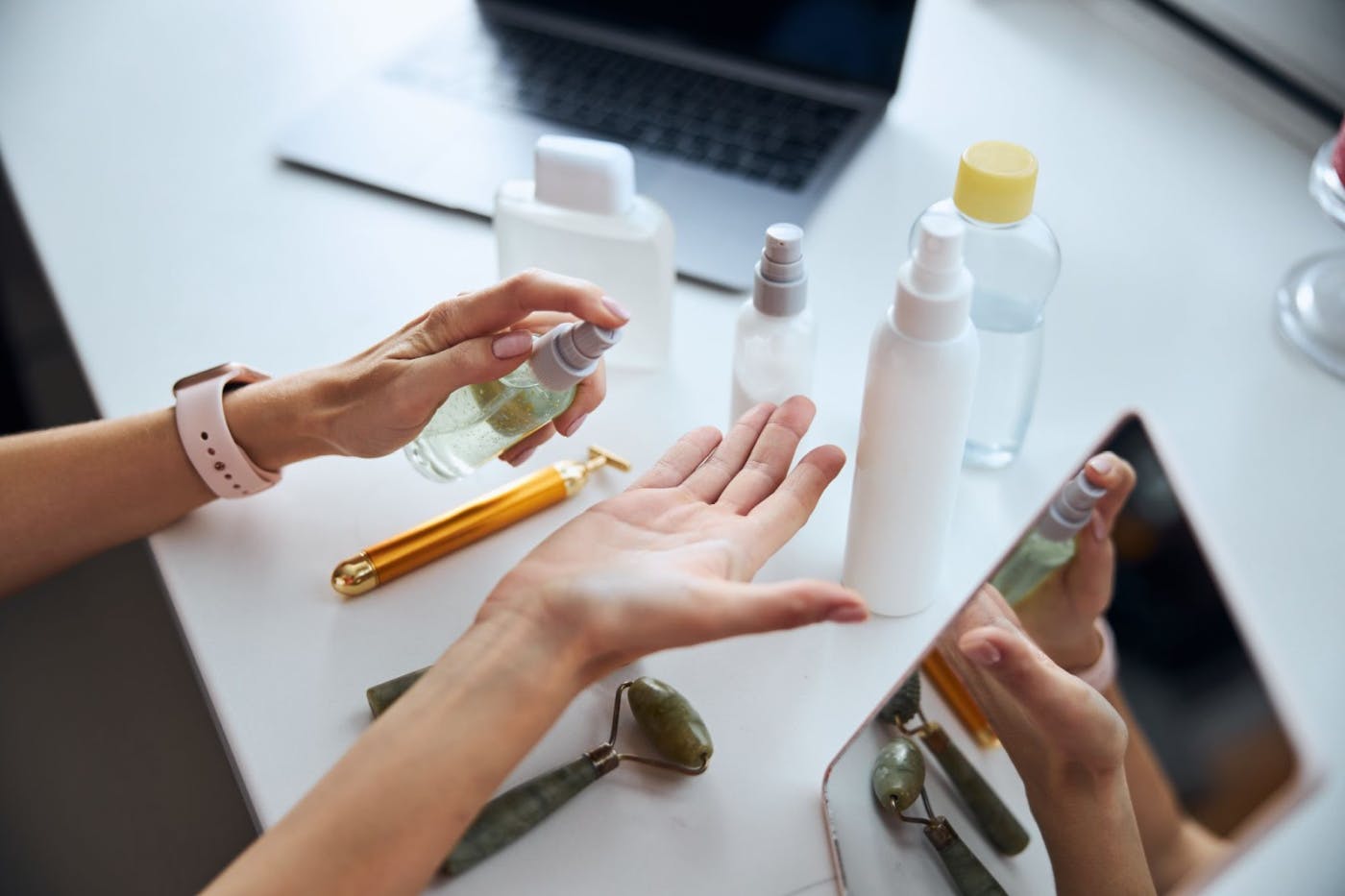
To determine if you have a product liability case, ask yourself the following questions:
- Was the product defective?
- Did the defect directly cause your injury?
- Were you using the product as intended?
- Did you suffer actual injuries or damages as a result?
You may have a valid product liability claim if you can answer "yes" to these questions. Even if you aren’t sure, consult an attorney before deciding whether to pursue compensation. You may be entitled to compensation without realizing it!
Get Help from One of the Largest Personal Injury Firms in Minnesota!
As a Minnesotan consumer, you have a right to expect the products you use to be safe. If a defective product has injured you, you may have grounds for a product liability claim – and we can help you get it.
SiebenCarey is one of Minnesota's largest and most experienced personal injury firms, with a 70-year legacy of helping injury victims win fair compensation. When the SiebenCarey team is in your corner, you’ll get the full benefit of:
- Decades of experiences
- A proven record of success in settlement negotiations and jury trials
- Extensive legal resources necessary to handle any case
- A dedicated team of award-winning lawyers, knowledgeable paralegals, and savvy in-house investigators
- The “Know Your Rights” promise of personal care and communication
We also work exclusively on a contingency fee basis. That means you won’t owe us a dime until we win your case.
SiebenCarey is ready to answer all your questions! Let’s talk.



